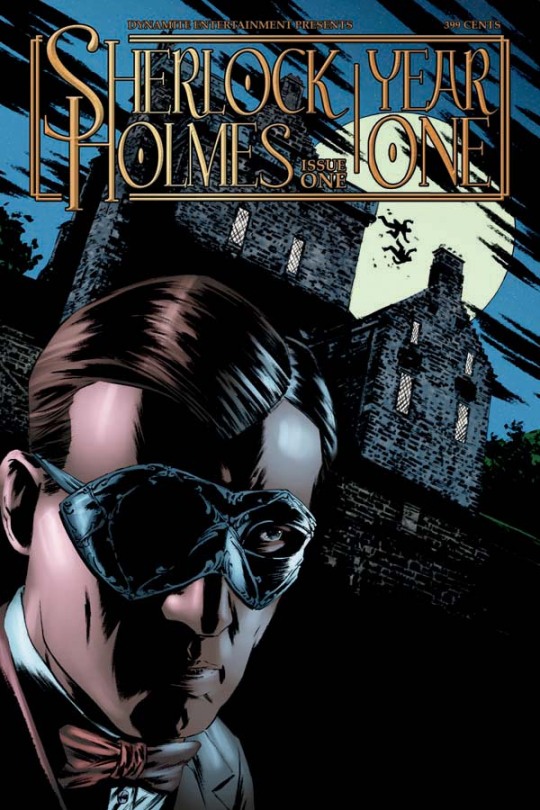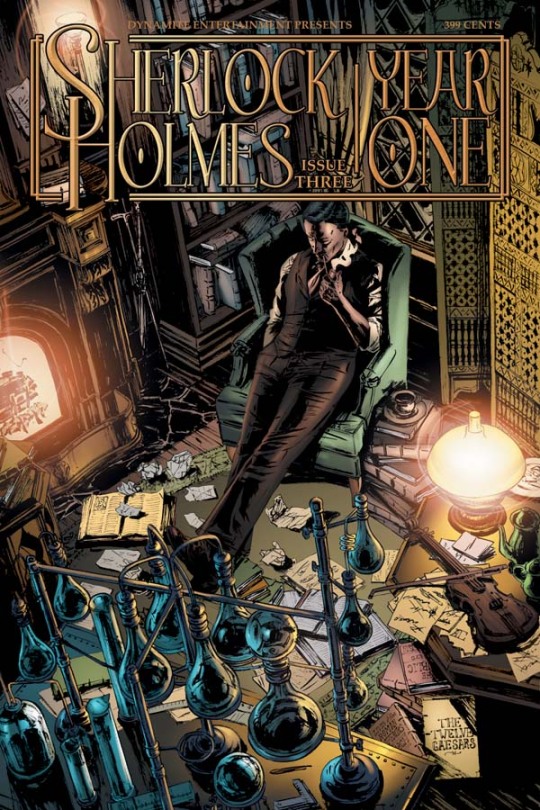#a number of choices made and nome necessary
Explore tagged Tumblr posts
Text






Cover art by Aaron Campbell for the six issues of "Sherlock Holmes: Year One" by Scott Beatty and Daniel Indro (January-June 2011, Dynamite Entertainment)
"The Butler Did It," "Beware of the Ides of March," "The Twelve Caesars," "Ships are Safe in Harbor," "Watching the Detectives," and "London's Burning, London's Burning"
#can't say im a fan of the fifth one#a number of choices made and nome necessary#sherlock holmes#comics#sherlock holmes comic#dynamite holmes#dynamite#dynamite entertainment#dynamite comics#sherlock holmes year one#aaron campbell#daniel indro#scott beatty#the butler did it#beware of the ideas of march#the twelve caesars#ships are safe in harbor#watching the detectives#londons burning londons burning#graphic novels#holmes#comic book covers
9 notes
·
View notes
Note

Wait a sec-
There we go :)
The three-digit telephone number "9-1-1" has been designated as the "Universal Emergency Number," for citizens throughout the United States to request emergency assistance. It is intended as a nationwide telephone number and gives the public fast and easy access to a Public Safety Answering Point (PSAP).
In the United States, the first catalyst for a nationwide emergency telephone number was in 1957, when the National Association of Fire Chiefs recommended use of a single number for reporting fires.
In 1967, the President's Commission on Law Enforcement and Administration of Justice recommended that a "single number should be established" nationwide for reporting emergency situations. The use of different telephone numbers for each type of emergency was determined to be contrary to the purpose of a single, universal number.
Other Federal Government Agencies and various governmental officials also supported and encouraged the recommendation. As a result of the immense interest in this issue, the President's Commission on Civil Disorders turned to the Federal Communications Commission (FCC) for a solution.
In November 1967, the FCC met with the American Telephone and Telegraph Company (AT&T) to find a means of establishing a universal emergency number that could be implemented quickly. In 1968, AT&T announced that it would establish the digits 9-1-1 (nine-one-one) as the emergency code throughout the United States.
The code 9-1-1 was chosen because it best fit the needs of all parties involved. First, and most important, it met public requirements because it is brief, easily remembered, and can be dialed quickly. Second, because it is a unique number, never having been authorized as an office code, area code, or service code, it best met the long range numbering plans and switching configurations of the telephone industry.
Congress backed AT&T's proposal and passed legislation allowing use of only the numbers 9-1-1 when creating a single emergency calling service, thereby making 9-1-1 a standard emergency number nationwide. A Bell System policy was established to absorb the cost of central office modifications and any additions necessary to accommodate the 9-1-1 code as part of the general rate base.
With Enhanced 9-1-1, or E9-1-1, local PSAPs are responsible for paying network trunking costs according to tariffed rates, and for purchasing telephone answering equipment from the vendor of their choice.
On February 16, 1968, Senator Rankin Fite completed the first 9-1-1 call made in the United States in Haleyville, Alabama. The serving telephone company was then Alabama Telephone Company. This Haleyville 9-1-1 system is still in operation today.
On February 22, 1968, Nome, Alaska implemented 9-1-1 service.
In March 1973, the White House's Office of Telecommunications issued a national policy statement which recognized the benefits of 9-1-1, encouraged the nationwide adoption of 9-1-1, and provided for the establishment of a Federal Information Center to assist units of government in planning and implementation.
The intense interest in the concept of 9-1-1 can be attributed primarily to the recognition of characteristics of modern society, i.e., increased incidences of crimes, accidents, and medical emergencies, inadequacy of existing emergency reporting methods, and the continued growth and mobility of the population.
In the early 1970s, AT&T began the development of sophisticated features for the 9-1-1 with a pilot program in Alameda County, California. The feature was "selective call routing." This pilot program supported the theory behind the Executive Office of Telecommunication's Policy.
By the end of 1976, 9-1-1 was serving about 17% of the population of the United States. In 1979, approximately 26% of the population of the United States had 9-1-1 service, and nine states had enacted 9-1-1 legislation. At this time, 9-1-1 service was growing at the rate of 70 new systems per year. By 1987, those figures had grown to indicate that 50% of the US population had access to 9-1-1 emergency service numbers.
In addition, Canada recognized the advantages of a single emergency number and chose to adopt 9-1-1 rather than use a different means of emergency reporting service, thus unifying the concept and giving 9-1-1 international stature.
At the end of the 20th century, nearly 93% of the population of the United States was covered by some type of 9-1-1 service. Ninety-five percent of that coverage was Enhanced 9-1-1. Approximately 96% of the geographic US is covered by some type of 9-1-1.9-1-1,[2][3] also written 911, is an emergency telephone number for the United States, Canada, Palau, Argentina, Philippines, Jordan, as well as the North American Numbering Plan (NANP), one of eight N11 codes. Like other emergency numbers around the world, this number is intended for use in emergency circumstances only. Using it for any other purpose (such as making false or prank calls) is a crime in most jurisdictions.
A dispatcher takes an emergency call at the Jackson, Tennessee, 9-1-1 Dispatch Center.
Global applications of ITU-approved[1] emergency telephone numbers (this map is incomplete and may not be entirely correct):
112
911
112 and 911
Other number or no redirection
In over 98% of locations in Argentina, Belize, Anguilla, Costa Rica, Ecuador, Jordan, Ethiopia, Liberia, Saudi Arabia, Philippines, Uruguay, United States, Palau, Mexico, Tonga and Canada, dialing "9-1-1" from any telephone will link the caller to an emergency dispatch office—called a Public Safety Answering Point (PSAP) by the telecommunications industry—which can send emergency responders to the caller's location in an emergency. In approximately 96 percent of the United States, the enhanced 9-1-1 system automatically pairs caller numbers with a physical address.[2]
In the Philippines, the 9-1-1 emergency hotline has been available to the public since August 1, 2016, starting in Davao City. It is the first of its kind in Asia-Pacific region.[4] It replaces the previous emergency number 117 used outside Davao City.
As of 2017, a 9-1-1 system is in use in Mexico, where implementation in different states and municipalities is being conducted.
I did the same as shit you did
But from 2 ass stupid websites
6 notes
·
View notes